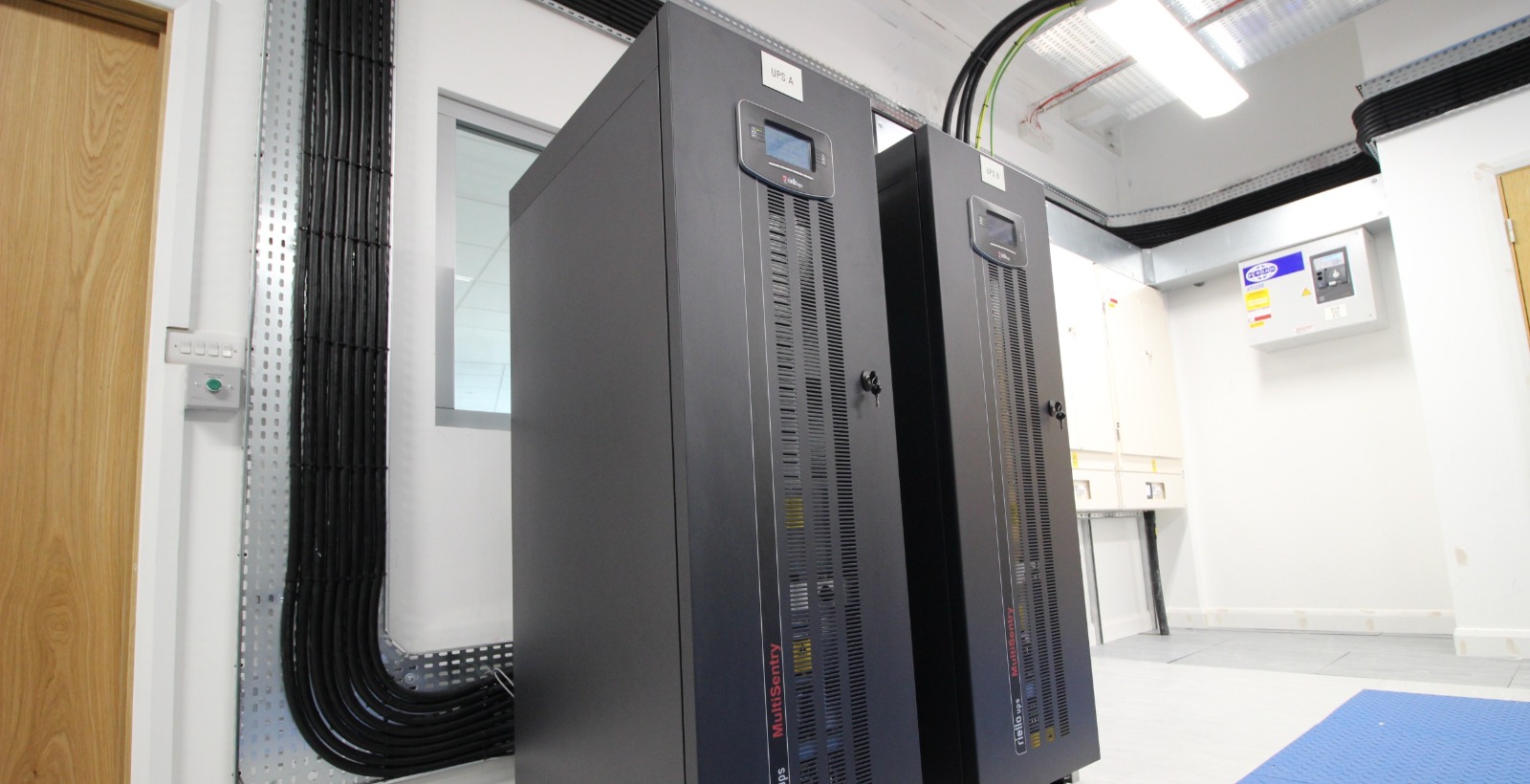
When To Replace Your UPS: An In-Depth Guide on How To Make The Right Decision
Introduction
In today’s technological landscape, an uninterruptible power supply (UPS) is essential to keep your technology running smoothly and safely. Whether it’s a home office setup or a commercial business, a UPS is a critical piece of equipment to protect against power outages and other power disturbances.But when is the right time to replace your existing UPS? This guide will provide an in-depth look into how to make the right decision, from understanding the different types of UPSs available to recognising the signs of a failing UPS. With the right knowledge, you can ensure that you have the right UPS for the job and keep your technology running smoothly for years to come.
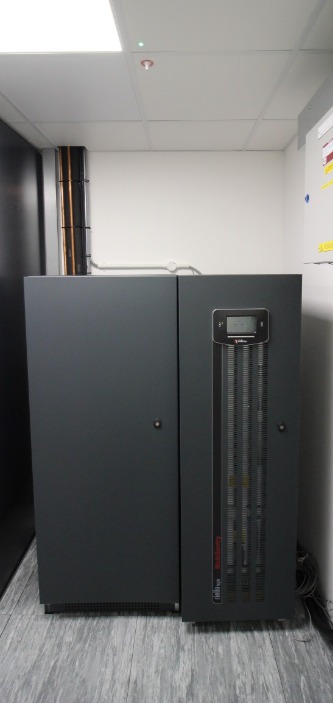
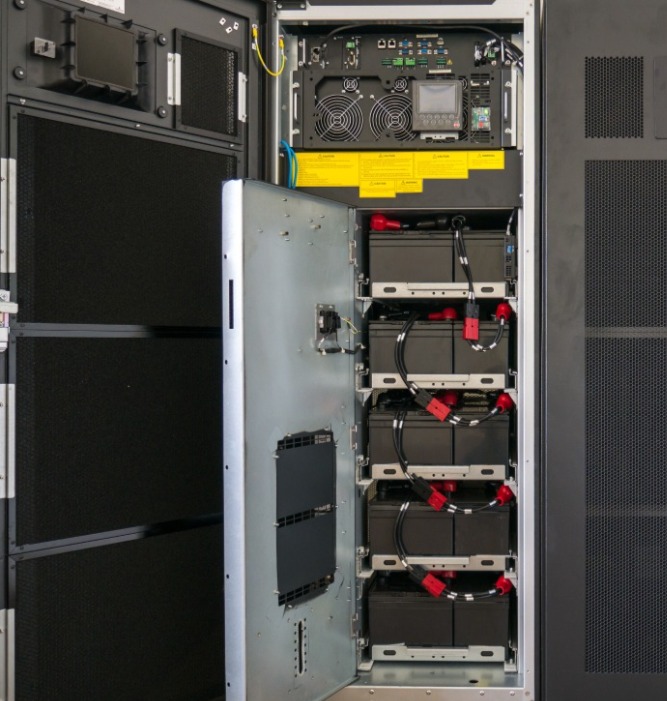
Understanding the Different Types of UPSs
The first step towards making the right decision about when to replace your UPS is to understand the different types of UPSs available. The following three types of UPSs are the most common, and each will have different uses and needs depending on your needs. Standby UPSs are the most basic form of UPS and are often times referred to as purely offline or uninterruptible power supplies. Standby UPSs are only suitable for low-power equipment or devices with a low risk for damage from fluctuations in voltage or surges in power. They are ideal for protecting desktop computers, routers and other devices that do not require a large amount of power. Standby UPSs are the cheapest option and are typically plug-and-play, but they also come with limitations. Since standby UPSs are offline, they are incapable of providing power in the event of a power outage.
This means the only protection they offer is against voltage fluctuations and voltage surges. Standby UPSs have a lifespan of approximately 5 to 10 years and are often times used in environments that require a low risk of damage from fluctuations in voltage or surges in power—ideal for home offices, low-traffic retail stores, and small office spaces. Online UPSs are the most popular form of UPS and are available in both surge-only and full-online models. Online UPSs are able to provide power to equipment during power outages and are suitable for medium-to-high power requirements. Online UPSs are also capable of providing surge protection and offer critical surge protection during brownouts and sags. Online UPSs are ideal for protecting computers, servers, networking equipment, and other devices that require a large amount of power.
They are able to provide surge protection and the capacity to run devices at full power during moments of power loss. Online UPSs have a lifespan of approximately 7 - 10 years and are often times used in environments that require continuous power for mission-critical equipment—ideal for data centres, manufacturing facilities, and commercial office spaces. Online/Standby UPSs are a hybrid of online UPSs and standby UPSs. They are able to provide continuous power and protection against voltage fluctuations, voltage surges, and power outages. Online/Standby UPSs are ideal for protecting computers, servers, networking equipment, and other devices that require a large amount of power. Online/Standby UPSs have a lifespan of approximately 7 to 10 years.
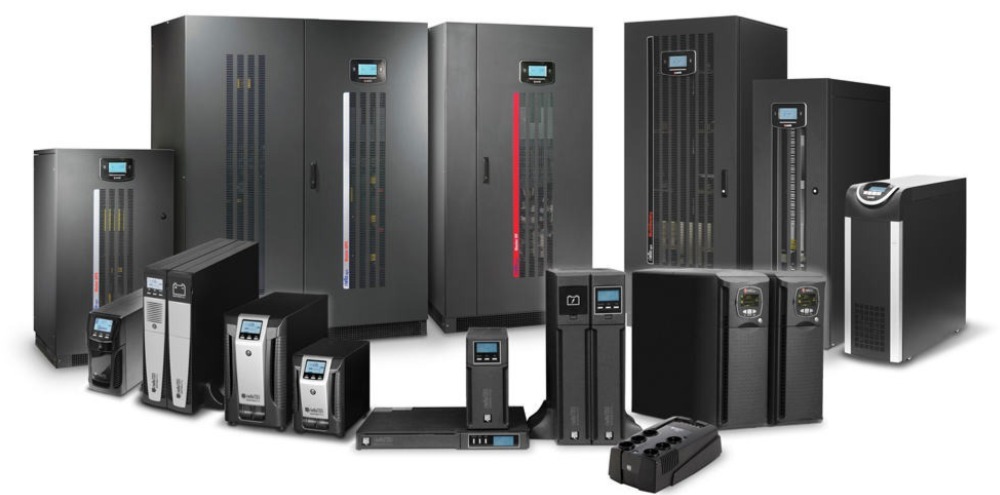
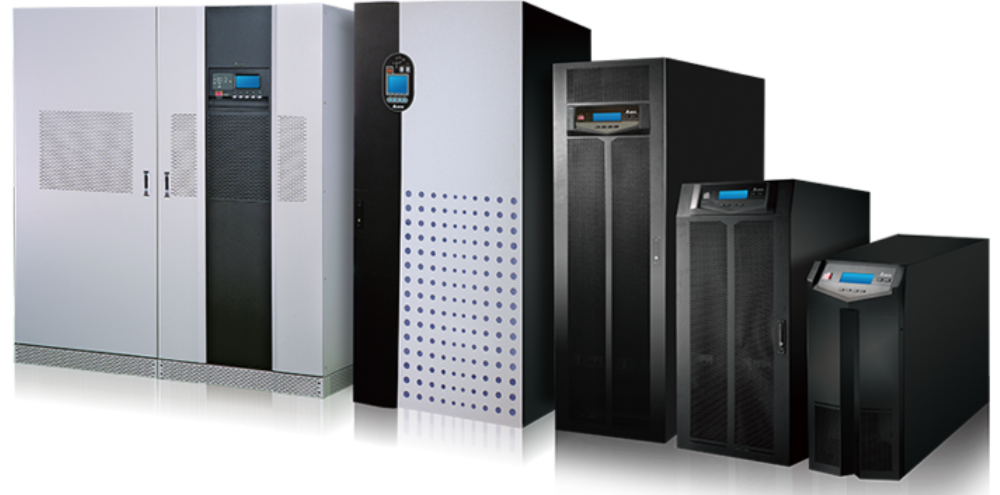
Recognising the Signs of a Failing UPS
If you’ve read this far, you’ve probably realised by now that replacing a UPS is not a decision to make lightly. A UPS is a critical piece of equipment that protects your IT hardware against power outages and other power disturbances. A failing UPS can result in significant downtime and costly repairs. Knowing how to recognize the signs of a failing UPS can help you avoid this and make the right decision. The first sign of a failing UPS is reduced run time. If your UPS is not providing the same amount of runtime as it used to, it may be an early sign of a failing UPS.
If your UPS is not lasting as long as it used to, it may be time to replace it. The optimal lifespan of a UPS is 7 to 10 years, so if your UPS is over 7 years old, it may be nearing the end of its lifespan. Another sign of a failing UPS is an increase in the number of shutdowns. If your UPS is shutting down unexpectedly and is not providing the same level of protection as it used to, it may be an early sign of a failing UPS. If your UPS is shutting down unexpectedly, it may be time to replace it. Another sign of a failing UPS is an increase in the number of false alarms. If your UPS is triggering false alarms, it may be an early sign of a failing UPS. If your UPS is triggering false alarms, it may be time to replace it.
Factors to Consider When Replacing Your UPS
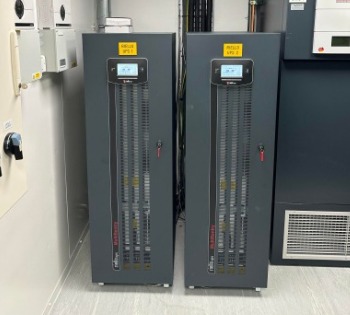
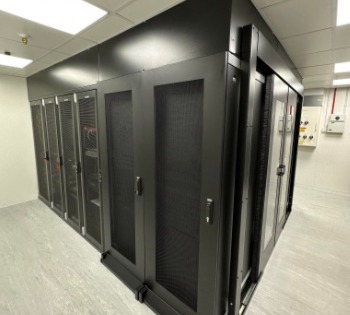
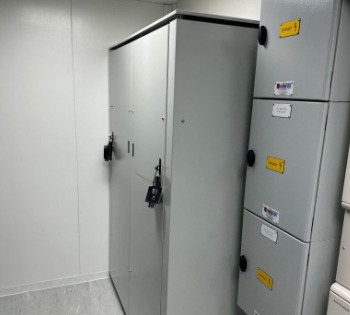
Choosing the Right UPS for Your Needs
Before you replace your UPS, you’ll want to make sure you’re choosing the right UPS for your needs. There are a few ways you can do this. Review your power requirements: The first step to choosing the right UPS for your needs is to review your power requirements. You can do this by reviewing your current UPS or taking measurements of the power requirements of your devices. Understand your environment: Once you know your power requirements, the next step is to understand your environment and the level of protection you require. There are many online UPS calculators available that can help you choose the right UPS for your needs and environment. You can also work with an engineer or electrical contractor to help you choose the right UPS for your needs.
Conclusion
Before you replace your UPS, you’ll want to make sure you’re choosing the right UPS for your needs. There are a few ways you can do this. Review your power requirements: The first step to choosing the right UPS for your needs is to review your power requirements. You can do this by reviewing your current UPS or taking measurements of the power requirements of your devices. Understand your environment: Once you know your power requirements, the next step is to understand your environment and the level of protection you require. There are many online UPS calculators available that can help you choose the right UPS for your needs and environment. You can also work with an engineer or electrical contractor to help you choose the right UPS for your needs.
Need Help?
We offer professional advice ensuring your UPS server solutions are efficient, correctly sized to cater for day 1 and future loads, meet requirements and fall within your budget. We can also perform an EICR (Electrical, Installation, Condition Report) to assess the reliability of your electrical equipment, such as emergency energy sources, power systems and electrical distribution equipment. This gives you an early indication as to the health of an electrical component so you can upgrade if necessary and avoid the risk of system failure.








